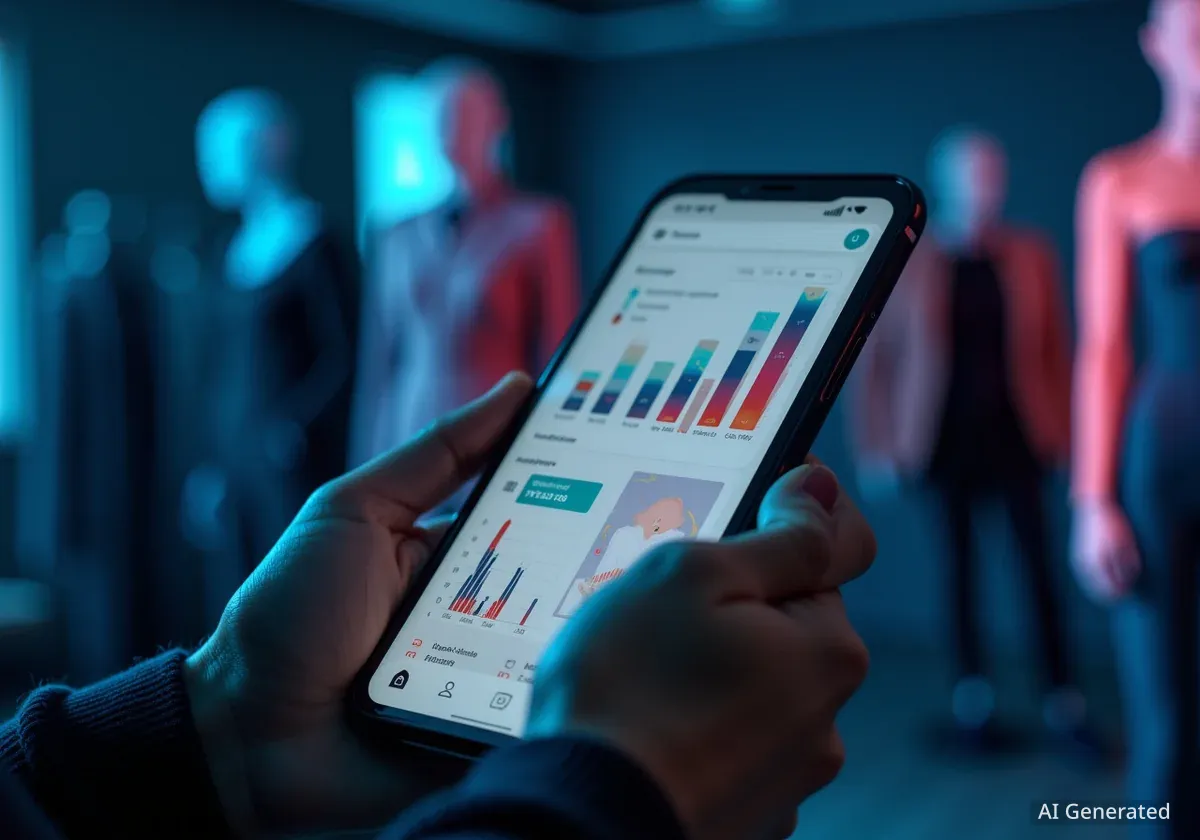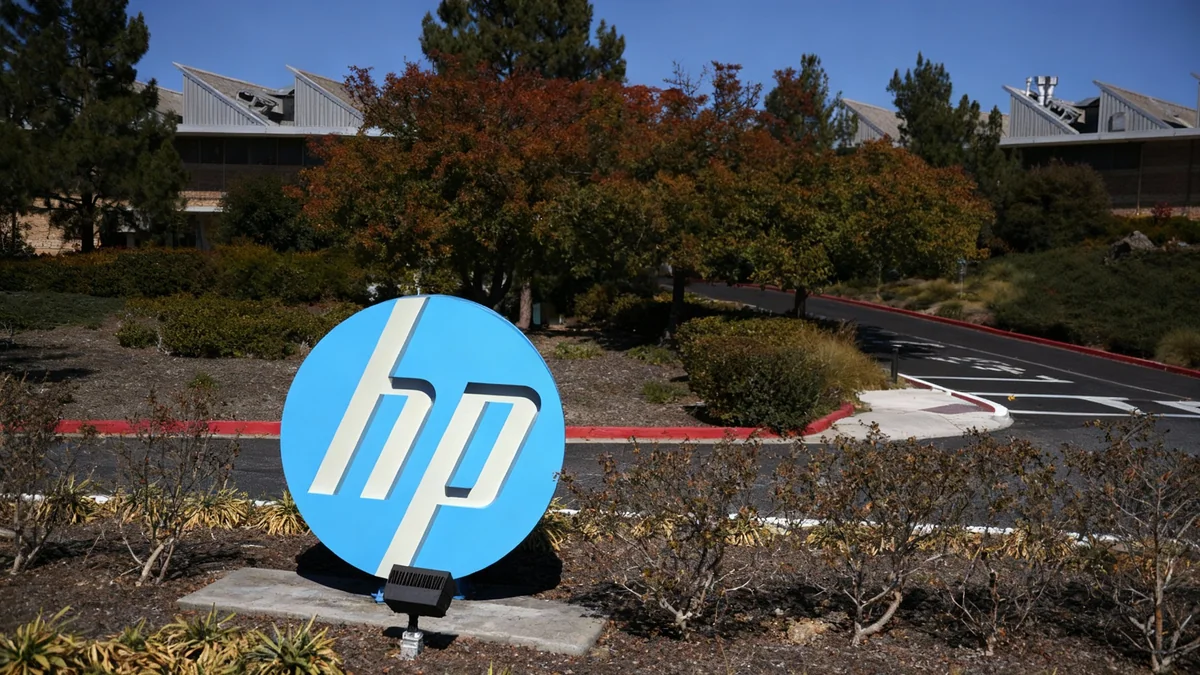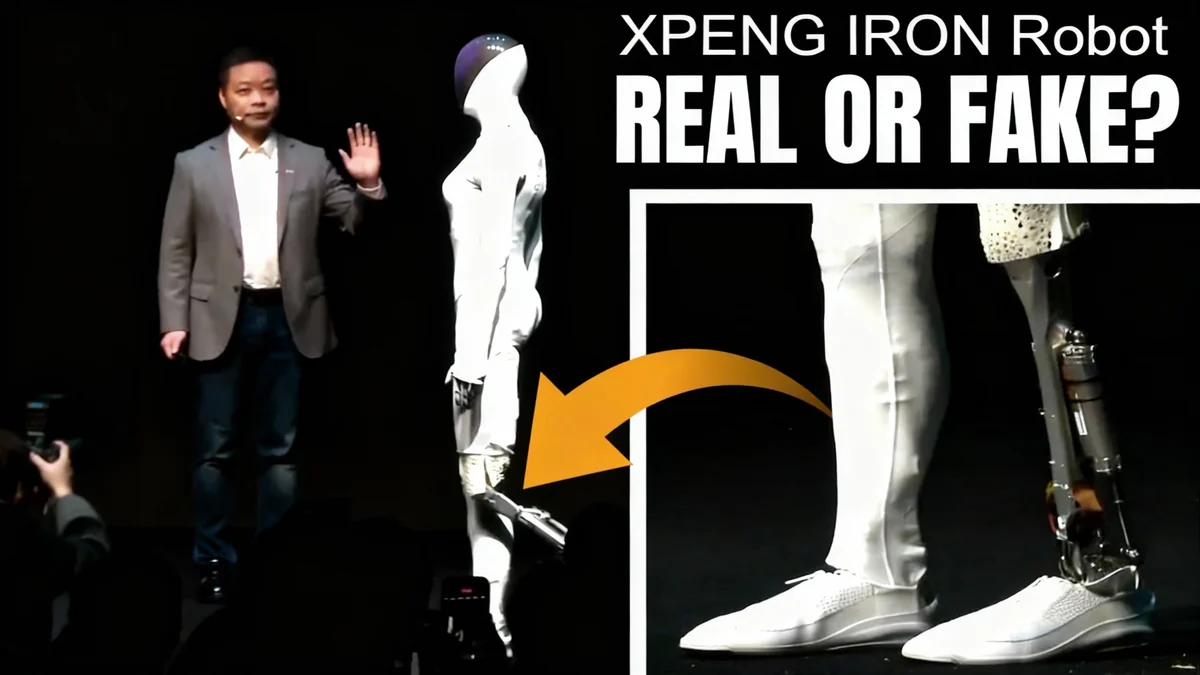The fashion industry is increasingly relying on artificial intelligence to forecast upcoming trends, shifting from traditional reliance on elite editors to data-driven analysis of social media and runway shows. Companies are now using AI to process vast amounts of information, enabling them to make faster and more accurate decisions about which styles, colors, and products will resonate with consumers.
This technological shift helps brands manage inventory, personalize customer experiences, and stay competitive in a rapidly evolving market. By analyzing patterns that are invisible to the human eye, AI is becoming an essential tool for designers, retailers, and forecasters aiming to capture the next big thing in fashion.
Key Takeaways
- Artificial intelligence is being used to analyze data from social media, runways, and consumer behavior to predict fashion trends.
- AI helps retailers make quicker decisions on product details like color and style, reducing costs and lead times.
- Despite AI's power, human experts remain essential to interpret data, understand cultural context, and distinguish between viral moments and commercially viable trends.
- Companies like Heuritech and WGSN provide AI-powered forecasting services to major brands including Prada, New Balance, and Levi's.
The Evolution from Editorials to Algorithms
For decades, the direction of fashion was dictated by a small group of influential magazine editors and critics attending exclusive runway shows in Paris, Milan, New York, and London. Their opinions were considered the definitive word on what would be in style for the upcoming season.
However, the rise of social media platforms like TikTok, Instagram, and Pinterest has fundamentally changed how trends emerge and spread. Influence is now decentralized, with online creators and user-generated content playing a significant role in shaping consumer tastes. This has created an explosion of data and accelerated the pace of trend cycles.
Social Commerce on the Rise
According to a 2024 report from data company Launchmetrics, over 40% of global consumers made at least three apparel and accessory purchases through social media platforms, highlighting the direct link between online content and commercial activity.
"There is more information available, certainly," said Amy Sullivan, vice president of buying and private brands at Stitch Fix. "And I think the trends because of social media move faster." To manage this influx of data and maintain a competitive edge, the industry is turning to artificial intelligence.
How AI Identifies Future Fashion Hits
AI's role in fashion extends beyond trend forecasting to include personalized shopping, virtual try-on tools, and supply chain optimization. When it comes to predicting trends, AI algorithms are designed to sift through immense datasets from various sources to identify emerging patterns long before they become mainstream.
"Our models track everything from runway shows to social media," explained Noémie Voyer, the fashion expertise lead at Paris-based company Heuritech, which works with brands like Prada and Skims. "We have a massive scale of data that allows our AI to detect early signals of trends – sometimes months before they become visible on the mainstream market."
From Signal to Store Shelf
Heuritech's algorithms successfully identified several key trends for the upcoming year, including:
- Dotted prints
- The flat-thong sandal
- The color yellow
These styles were later seen on the runways during major fashion weeks and are expected to appear in mass-market retail stores such as H&M and Target.
By analyzing images, text, and engagement metrics, these systems can quantify the growing popularity of a specific silhouette, color, or pattern. This allows brands to invest in designs with a higher probability of success.
Practical AI Applications for Retailers
For retailers, AI provides tangible benefits that go beyond abstract trend reports. It offers a practical tool for making day-to-day business decisions that were once based on intuition or lengthy, expensive sampling processes.
Amy Sullivan of Stitch Fix shared a recent example where her team used AI to decide between two color options for a striped shirt. The choice was between red and blue stripes for the upcoming spring collection.
"In the past, to answer that question, you either make a spot decision without really looking at it, or you're requesting samples from vendors overseas that could take weeks and cost a lot of money. But when this happened a few weeks ago, we just put it into AI and you can actually see it in a full on-body image and make the right decision."
The team was able to visualize the final product on a model almost instantly. They ultimately chose the blue stripe shirt, a decision made in minutes rather than weeks, saving both time and resources.
The Irreplaceable Role of Human Expertise
Despite the advanced capabilities of AI, industry leaders agree that technology alone cannot predict fashion's future. The human element remains critical for interpreting the data and understanding the nuanced context behind trends.
"While our AI is extremely sophisticated, the human [aspect] still remains essential," stated Noémie Voyer of Heuritech. This sentiment is echoed by other experts who see AI as a supportive tool, not a replacement for human insight.
Francesca Muston, chief forecasting officer at the global trend forecasting company WGSN, emphasized the need for a balanced approach. "We can use AI to supercharge what we do," she noted. "But you have to really start putting a lot of rigor and a lot of process into what you're doing."
Muston explained that while AI excels at logistical predictions, such as determining how much inventory a retailer should stock for a popular item, it can struggle to differentiate between online entertainment and genuine purchasing intent.
"When you are looking online at social media, trends can blow up and feel huge. But entertainment and commerciality are two different things."
The crucial task for human forecasters is to ask the final, critical question: will a person who engages with a viral fashion post on social media actually spend their money on that item? This judgment, rooted in an understanding of culture, consumer psychology, and market dynamics, is where human expertise continues to provide indispensable value.





